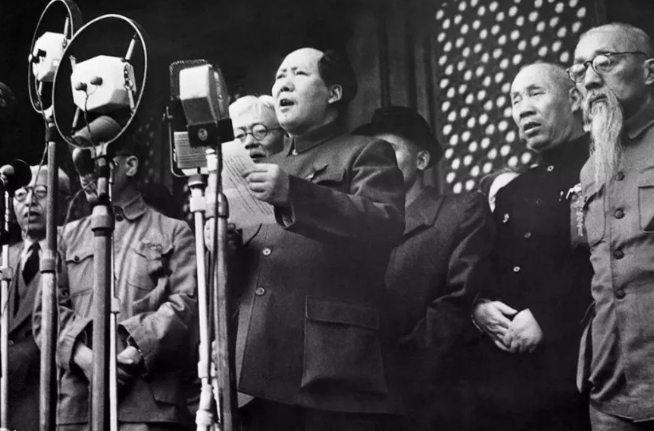Nestled in the ancient city of Kaifeng, Henan Province, lies a captivating chapter of history: the story of the Kaifeng Jews, descendants of Jewish traders who settled in China over a thousand years ago. At their peak, this community numbered around 5,000 people, thriving for centuries in relative peace. Yet, despite deep integration into Chinese society, many harbor a persistent dream of returning to Israel—even as Israeli authorities question their “pure” lineage due to centuries of intermarriage. This narrative weaves a complex tapestry of cultural fusion, where China’s inclusive embrace coexists with an unyielding pull toward ancestral origins.
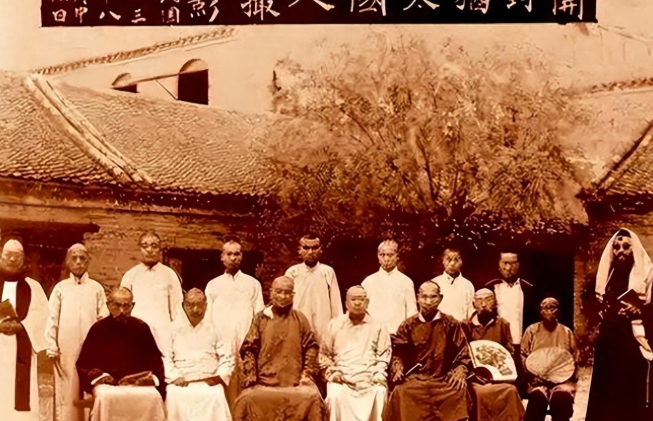
Arrival via the Silk Road: Settling in Henan
The earliest waves of Jews likely journeyed from Persia or Central Asia along the bustling Silk Road, arriving in Kaifeng around the early Song Dynasty (960–1127 CE). Drawn by the vibrancy of this Northern Song capital, traders hauled goods like cotton fabrics and spices to the prosperous markets along the Yellow River. The city’s towering walls and thriving commerce convinced them to stay.
Emperors of the tolerant Song era granted permission for settlement and even allowed the construction of a synagogue. Inside, Torah scrolls were housed, and weekly Shabbat observances included lighting candles and reciting prayers. They bartered with local Han Chinese, gradually adopting Mandarin while maintaining their rituals.
The community flourished, peaking during the Ming Dynasty with over 500 households and about 5,000 members. Adopting Chinese surnames like Ai, Shi, Jin, Gao, and Zhao for administrative ease, many pursued imperial exams, securing official positions and blending into daily life. Floods from the Yellow River repeatedly damaged the synagogue during the Qing era, but they rebuilt it time and again, expanding from a modest courtyard to a sprawling four-courtyard complex spanning over 1,000 square meters.
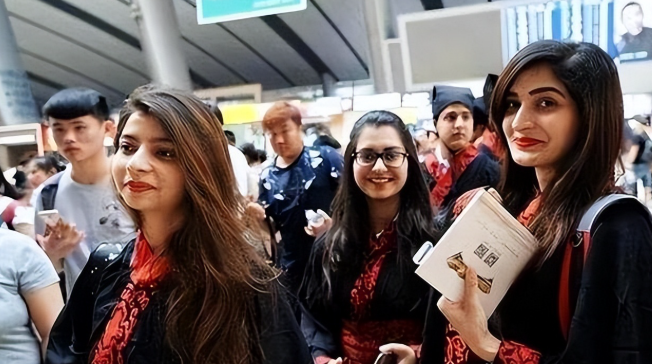
Customs like abstaining from pork and shellfish endured, though appearances and lifestyles increasingly mirrored those of their Han neighbors. Intermarriages diluted bloodlines, and religious practices simplified. Scholars suggest roots may trace to the Tang Dynasty or earlier, but the Kaifeng group solidified in the Song era, with the most complete records from this branch.
Unlike their European counterparts, the Kaifeng Jews faced no major persecutions, benefiting from China’s multi-ethnic policies. Classified alongside Muslim Hui as “blue-cap Hui,” they preserved distinct traditions while engaging in commerce—running textile shops and joining overseas trade. Deeply assimilated, they embraced Confucian ideals, referring to God as “Heaven” and harmonizing festivals with local customs. Historians note their seamless adaptation, fostering a millennium of stable growth without conflict.
A Thousand Years of Assimilation: Fading Lineage
Over centuries, the Kaifeng Jews’ physical features and Henan dialect became indistinguishable from Han Chinese, with most customs fully Sinicized. Only a few families clung to pork avoidance or specific holidays. Genealogies recalled Middle Eastern origins, but rampant intermarriages erased matrilineal records.
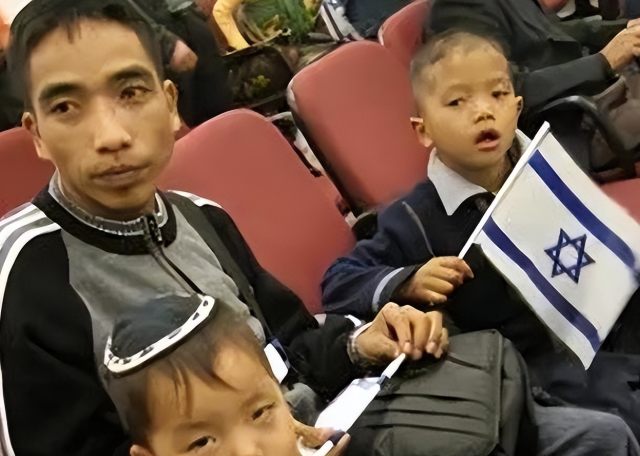
Israel’s founding in the 20th century sparked curiosity. Through smuggled books, families explored Jewish history, debating identities in private gatherings. Efforts to register as a Jewish ethnicity in China failed—officials denied recognition, forcing private notations.
Into the 21st century, youth ignited momentum. Around 2005, connections formed with Israeli groups, leading to Hebrew lessons in cramped Kaifeng homes via audio recordings. By 2010, repatriation fervor grew. In 2016, five female descendants launched an online crowdfunding campaign, uploading family archives to fund their flight to Israel.
Immigration officials cited matrilineal standards, requiring conversion instead. The rigorous process involved studying Jewish law, rituals, and exams at Tel Aviv schools—memorizing prayers, practicing script, and group discussions.
Such journeys repeated: In 2017, a group of seven, backed by organizations like Shavei Israel, integrated post-arrival, though incomplete documents led to rejections and shared lessons back home. Israel’s Law of Return demands bloodline proof, but intermarriage gaps necessitated extras like ancestral artifacts for verification. By 2018, online prep with Israeli tutors simulated holidays via video.
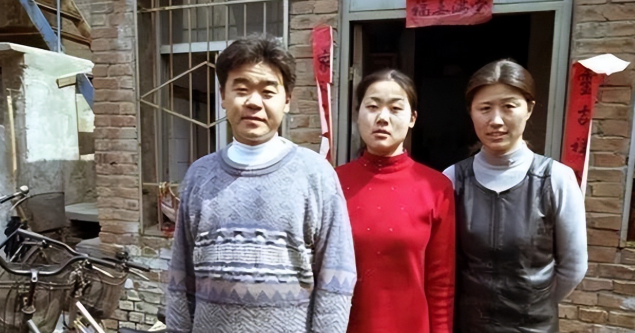
Community divides emerged: Elders favored Kaifeng street vending and Han routines, while youth hosted lectures with maps. During the pandemic, applications shifted online—virtual genealogy submissions and remote reviews. In 2021, a cohort succeeded, gaining passports and homes. Yet most hit walls, with the Chief Rabbinate insisting on full conversion in Jerusalem: year-long courses, daily scripture reviews in rented flats.
In 2022, women carried genealogy copies from Kaifeng, busing to schools post-airport clearance for dense note-taking and custom debates with rabbis. Post-conversion, certificates in hand at synagogues marked integration. Setbacks meant returns for material overhauls and retries. By 2023, online updates with photos spurred followers—packing bags, passport checks, and tearful goodbyes.
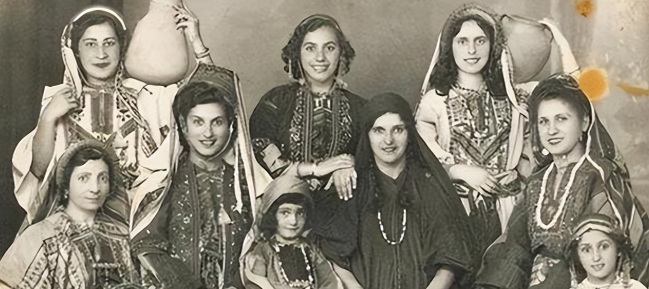
The Repatriation Wave: Pursuing Identity
From 2009, cases surged—a seven-member group aided at airports, resettled by car into communities. Into the 2020s, dozens converted and naturalized. Kaifeng gatherings featured returnees’ videos, table-side info swaps on nuances. The core community stayed, hosting history talks, but most lived locally.
A segment persists in Henan streets, eyeing Israeli news and filing papers despite policy hurdles on diluted lineage. By 2025, some descendants served in Israel or settled, though numbers remain small—many still striving. Unrecognized as a minority in China, they register as Han, navigating dual identities. The Kaifeng Jews’ saga mirrors fusion’s intricacies: China’s thousand-year welcome versus an ancestral quest.
References
- Wikipedia: Kaifeng Jews
- My Jewish Learning: The Jews of Kaifeng
- The New York Times: Chinese Jews of Ancient Lineage Huddle Under Pressure
- Washington Report on Middle East Affairs: Old Asian Jewish Communities
- NBC News: Chinese Kaifeng Jews Seek New Lives in Israel
- Jews of China: Jewish Diaspora in China
- Avotaynu: The Genetic Origins of the Jews of Kaifeng
- LinkedIn: The Jews of Kaifeng: An Ancient Legacy in China
- San Diego Jewish World: Tracing Ancient Jewish Influences in China



